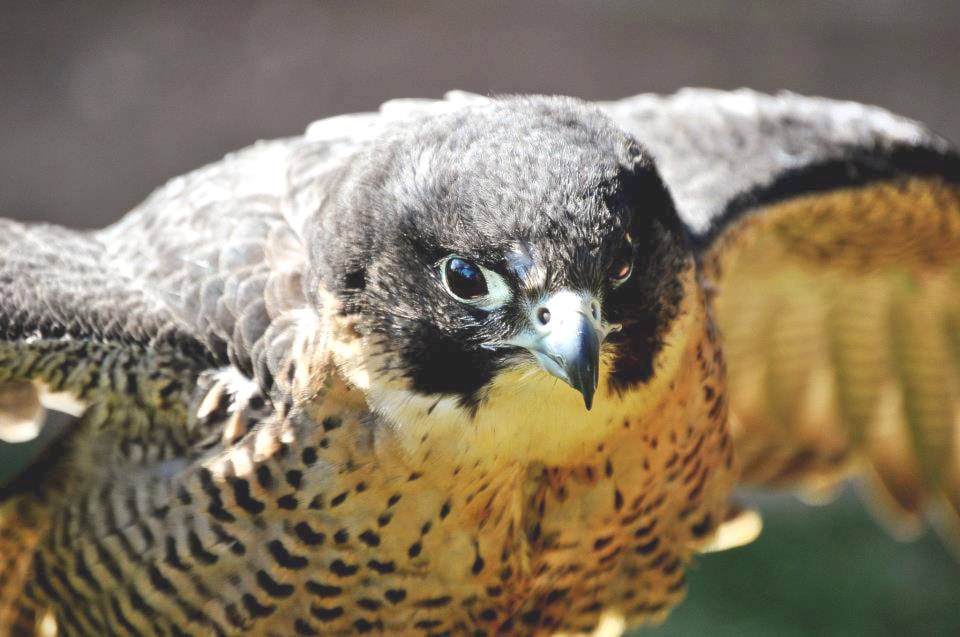Rats.
Two Gwaii Haanas islands that were declared rat-free in 2016 after a major eradication of black rats got re-invaded last month, putting ground-nesting seabirds at risk.
Staff are now trapping rats on the islands — Murchison and Faraday — and sending tissue samples to a genetics lab to find out where they came from. It’s unclear whether the rats, Norway rats this time, spread to the islands by swimming or on a boat.
“Staff poured their hearts and souls into eradicating black rats from those islands,” said Tyler Peet, conservation manager for Gwaii Haanas, speaking on Oct. 14 during a panel talk at the first Haida Gwaii Bird Day in Skidegate.
“More than anything, this demonstrates the importance of having a community-wide, island-wide biosecurity approach,” he said.
Also speaking about Haida Gwaii biosecurity were Robert Russ, manager of the Council of the Haida Nation’s new protected areas program, and David Bradley, B.C. program manager for Bird Studies Canada.
Russ spoke about the mixed results of an earlier rat eradication that started on Langara Island in 1995.
A major goal was to restore Langara’s peregrine falcon population.
A key indicator species, the peregrines feed on seabirds and songbirds that have dwindled because invasive rats and raccoons prey on their eggs and chicks.
“It was a crucial time, because in that period we had a fairly substantial peregrine falcon nesting colony,” said Russ, noting that the northern island then had about 25 pairs.
Today, there are only five, and the CHN is trying to rid Langara of rats once again.
“These are things we have to look at as a nation, and island-wide,” Russ said.
David Bradley agreed, and said Bird Studies Canada could help fund one possible solution — hiring a biosecurity officer who co-ordinates invasive-species prevention, detection, and response programs across all of Haida Gwaii.
“You can remove invasives from an island,” Bradley said. “If you don’t prevent them from going back there, securing the resources you put on that island, it’s not worth it.”
All three panelists highlighted the example of New Zealand, where invasive species kill some 25 million native birds a year, putting flightless island birds like the kiwi at risk.
On small islands in New Zealand, recent rodent eradications have had a 90 per cent success rate.
Last year, the New Zealand government invested $20 million in a company tasked with a much bigger goal — ridding all New Zealand of its major invasive predators by 2050.
Already, Bradley said the country has strict screening protocols for visiting pest-free islands, which are often the last refuges for some endangered species.
“They treat biosecurity, and biosecurity emergencies the same way we treat forest fires,” Peet said, adding that when there is a “rat spill” in New Zealand, helicopters, rodenticide, and experts are on hand for quick deployment.
As Robyn Irvine, an ecologist with Gwaii Haanas, pointed out during the talk, timing matters because a female rat can breed every 21 days and have up to 11 pups a litter.
An islands-wide biosecurity plan would need support from the shipping and fishing industries, said the panelists, not to mention Haida Gwaiians in general, and tourists.
Just like recycling was a big deal 30 years ago but is now an everyday thing, Peet said he looks forward to seeing a similar social shift in people’s attitude toward invasive plants and animals.
“I dream of a world where I walk down to the dock to go fishing, and I hear a kid giving his dad a hard time because he hasn’t refreshed the rat baits on the boat,” he said.
Russ agreed that an islands-wide plan, public education, and better screening programs are important, but added that for things like biosecurity screening to go ahead, new legislation may be needed, too.
“It’s up to the citizens to put pressure on legislators to make a change,” he said.
